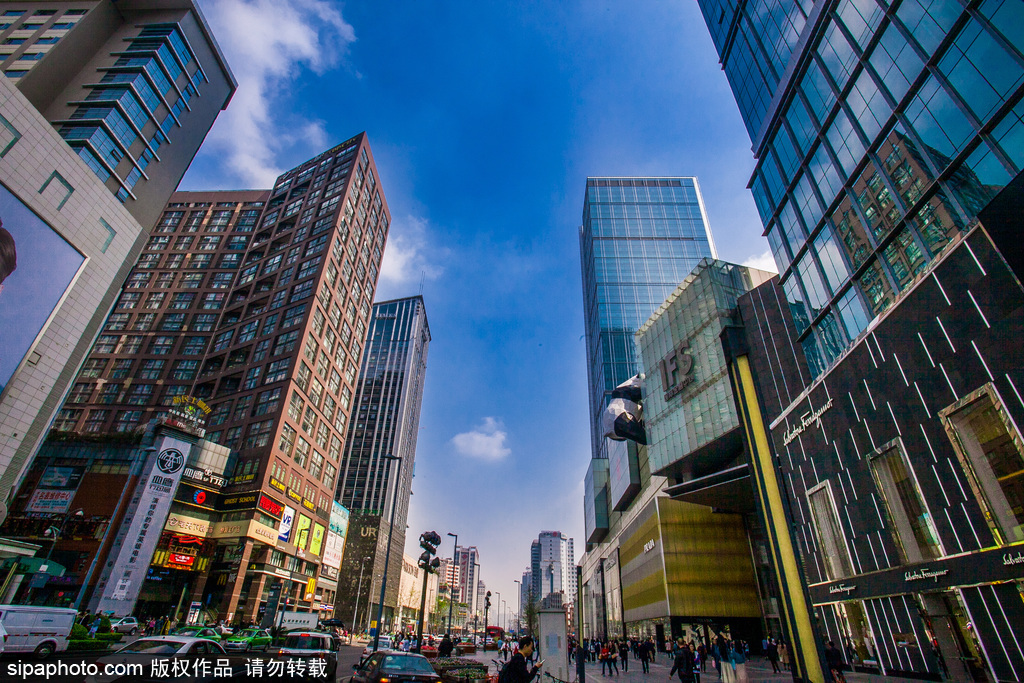China's 14th economic plan: A new concept for universal prosperity
By Bobby Naderi | chinadaily.com.cn | Updated: 2020-11-24 15:41

China has rolled out its 14th Five-Year Economic Plan which will have a substantial impact on the well-being of the Asian nation, the world at large and the people within.
The current 13th plan went for “Made in China 2025”, with an eye on advancing high-tech industries. The 14th plan appeals to the same forces of order and calls for a continuation of that strategy, but it also puts innovation and self-sufficiency in technology as well as strong domestic market and green development at the heart of the country’s modernization drive to lead the post-pandemic global growth.
Other guiding principles of the new economic concept include “dual circulation” or promotion of import substitution and expansion of domestic demand as a growth driver, supply-side reforms, strengthening the financial system, and further opening-up the country to foreign direct investment. The idea is to prioritize domestic demand and technological independence in the face of external challenges such as protectionist tariffs, technological war and trade frictions.
It’s a leap into an innovation-led future that doesn’t create excess in industries, or lead to global overloading and pricing decreases. The coming plan seeks to foster quality economic growth, create high-tech job opportunities, and engage with the global economy.
Springboard for the BRI
Keep in mind that the key ideas of the crucial policy document, which is yet to obtain approval by the country’s top legislature, the National People’s Congress, are also the policy priorities of the megaregional connectivity project of the Belt and Road Initiative (BRI), which enhances the integration of China’s industrial, supply and value chains for global economic circulation.
In this new phase of development, the 14th plan and the BRI will inevitably balance each other, where China will continue to provide support for BRI partner countries in terms of investment, sustainable and inclusive development, and the global commons. It indicates very strongly that the coming social and economic policies and targets will also act as springboard for the BRI activity.
In the prevailing environment, expect the top-level blueprint to have a profound impact on China’s energy transition and the world’s climate; reset perceptions and cement consensus on globalization as the continuing norm of economic development and growth; coordinate strategies that see common benefit; and cultivate integration with other megaregional entities and projects. Of course, this has to be in collaboration with the Shanghai Cooperation Organization, the Association of Southeast Asian Nations, the Eurasian Economic Union, and the European Union’s Juncker Plan.
Common prosperity
Unlike what some critics would like to suggest, the new economic blueprint is in no way “à la carte” to pick and choose where it suits and pull back when it doesn't. This should be enough to hold the view that the coming plan will support multilateral processes to forge greater synergy with other countries’ national development policies and plans. It will surely promote global governance and cooperation between major economies for win-win results and common prosperity.
But is this enough to encourage countries and international businesses from Central Asia, South Asia, Southeast Asia, Europe, the Middle East, Africa and South America to join China’s up-and-coming economic plan? Will they stick around for the long term and tap into the true commercial opportunities and potential that the world’s second-largest economy has to offer over the next five years?
With cautious optimism, the 14th Five-Year Plan is not an attempt by Beijing to go into oversight and take over the world, or up the ante and alter the behavior of its trading partners amid the pandemic. The political class in Beijing have never tried to self-declare an issue of national interest to upset global supply chains or roll back the multilateral trading system. In doing so, they would be failing to appreciate a crucial reality: The world needs China and China needs the world.
Let’s face it, China’s five-year economic plans have always been about strengthening global governance and all-encompassing development schemes. The nexus is to shape up and finalize the 14th communique before its approval in March, reform its key implementation parameters, and complement all the pre-existing initiatives to incorporate sustainable and inclusive prosperity and growth.
In the chaos of the moment as international political disputes rise and the global economy struggles, count on one thing. The 14th Five-Year Economic Plan will end up making China one of the best-performing economies through 2025. The clearest takeaway is that the Asian giant won’t turn its back on the outside world as it innovates into a forward-looking, comprehensive and high-technology manufacturing future.
The author is a journalist, a guest contributor in print, radio and television, a documentary filmmaker and a member of the Writers Guild of Great Britain.
The opinions expressed here are those of the writer and do not necessarily represent the views of China Daily and China Daily website.
If you have a specific expertise and would like to contribute to China Daily, please contact us at opinion@chinadaily.com.cn , and comment@chinadaily.com.cn
























